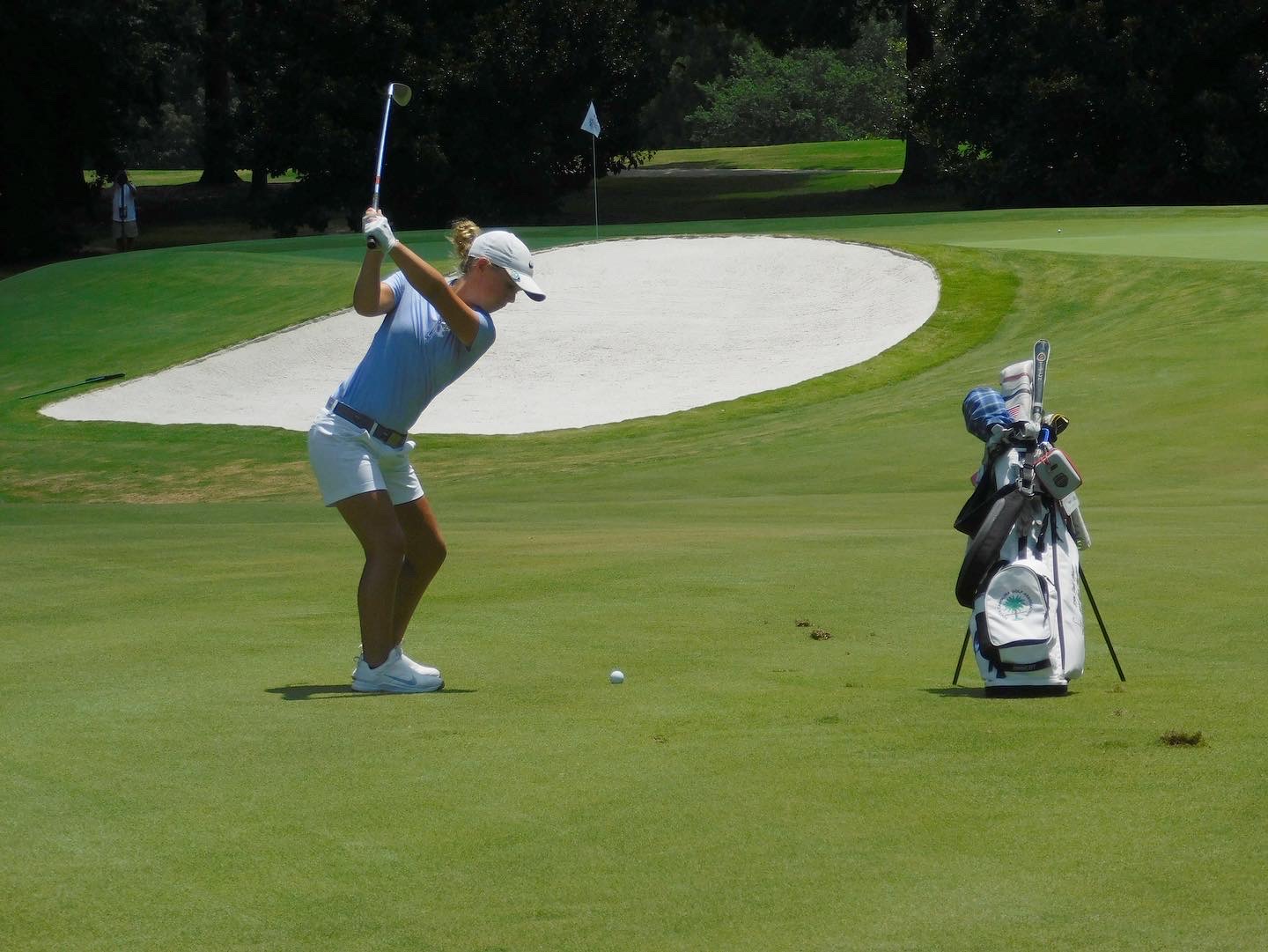In Part 1, we analyzed how to measure your performance to provide context and data to develop a practice plan. Knowing what to practice and how much time to spend in the different facets of the game particular to your scoring and shot patterns sets you up for success. Now, you will need to understand the various different ways you can practice and what you can achieve with each type:
We know the distances to practice, so we need to know how we should practice.
There are four main variations of practice; block practice, random practice, scrimmage (or game-like) and no purpose practice:
Block Practice – Another way to think of block practice is technique practice. Most golfers spend the vast majority of time in this area. Block practice is needed, especially when you are making modifications to your technique. You should avoid excessive block practice for a couple of days leading into a tournament. Of the four hours of time designated for block practice, 90 minutes is an appropriate time frame. A good practice session should not last more than 45-50 minutes before taking a 3-10 minute break.
Random Practice– My preference is to hit no more than 5 shots with a single club before changing to another in random practice. The other main characteristic of random practice is that you should change targets, lies, and any other variable possible as you hit different shots. The primary focus is to connect with the target, the ball flight, or a feel of the swing. There should be very little thoughts about how to move or swing the club. 90 minutes is a good allotment of the four hours for random practice.
Scrimmage Practice– In this example, we designated four total hours for approach shots. WE have used three hours between block and random practice, so that leaves one hour for scrimmage practice. This version of practice is the one we measure. You choose a target, go through your complete routine, play a shot, and chart the results. When we measure these shots (called target practice) I ask the player to measure every 3rd shot and change clubs after each shot. Does this mean that you will hit fewer balls in the same time period? Yes, but the quality of learning will be dramatically better.
No Purpose Practice- There’s actually one more version of practice. Some players like some of their time just to be hitting balls and not really thinking about much, just more of relaxing and enjoying the time in practice. This can be very advantageous, and certainly it can be a way of just getting away from everything for a while. It’s a good way to clear the cobwebs for a few minutes. The only thing I ask, is that this time doesn’t count in the time we charted in the above example. It’s just “additional time”, not “instead of time”. It’s just a way of relaxing and getting exercise, not a lot more.
USE YOUR TIME WISELY!
Get assistance from your swing instructor to help with desired technique changes, but design your practice plans around the data and you will see improvement. The practice plans from this program are based on utilizing your time to maximize your performance. Learn to be be more effective, efficient, and more productive in practice and you will shoot lower scores.
 |
Robert Linville is the Founder and Director of Instruction at Robert Linville’s Precision Golf School. In addition to being an award winning instructor, Robert also coached collegiately for 13 years and was a two-time NCAA National Coach of the Year. Robert has taught and coached players on all major professional tours, top amateurs, and many elite junior golfers.
He co-founded the PKBGT in 2006 and serves as the PerformPKB Player Performance Consultant. To learn more about the Precision Coaching Program, please contact Robert Linville at rlinville@precisiongolfschool.com. |
“I’ve worked with Robert for 10 years and he has always challenged me to set goals and push myself further. I’ve been using the Precision Coaching Program for the past three years since Robert introduced it. I really enjoy doing the different challenges and tracking my progress of practice. It has helped my self-confidence, my focus in practice, and my ability to be more productive in practice. I’m not a huge stats person, but Robert has taught me how to use the stats to simplify my process and narrow my focus on fewer areas to improve. When you break down a goal, like improving putting from gaining .15 strokes per round to gaining .25 strokes per round, it doesn’t seem like such a daunting task. The Precision Coaching Program has definitely been instrumental in the development of my game.”
Katherine Perry Hamski, LPGA Tour Professional








Leave A Comment